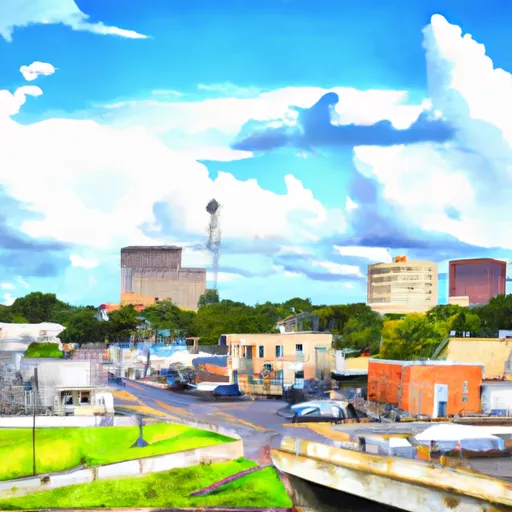°F
°F
mph
Windspeed
%
Humidity











Iberville, Louisiana is a vibrant parish located in the southern part of the state. Known for its rich history, diverse culture, and beautiful landscapes, Iberville offers a unique experience for both residents and visitors alike.
The climate in Iberville is characterized as subtropical, with hot and humid summers and mild winters. Summers are typically long, with temperatures often exceeding 90°F (32°C), while winters are relatively short and mild, rarely dropping below freezing. The region experiences high annual rainfall, with frequent thunderstorms and occasional hurricanes during the summer months.
Iberville is surrounded by water, with the Mississippi River to the east and the Atchafalaya River to the west. These waterways, along with numerous bayous and swamps, make up the hydrology constituents of the area. The parish is home to vast wetlands, providing a habitat for diverse wildlife and creating a unique ecosystem.
Outdoor recreation opportunities in Iberville are plentiful. The area offers excellent fishing, boating, and kayaking in its rivers, bayous, and lakes. Nature enthusiasts can explore the scenic landscapes through hiking and birdwatching in the many wildlife management areas and nature reserves. Additionally, Iberville boasts historical sites, such as the renowned Nottoway Plantation and the Iberville Museum, providing visitors with a glimpse into the region's rich history.
Weather Forecast
Iberville receives approximately 1505mm of rain per year, with humidity levels near 89% and air temperatures averaging around 20°C. Iberville has a plant hardyness factor of 9, meaning plants and agriculture in this region tend to thrive here all year round.
Regional Streamflow Levels
14,900
Cubic Feet Per Second
146
Cubic Feet Per Second
10
Cubic Feet Per Second
26
Cubic Feet Per Second
Nearby Camping
| Camping Area | Reservations | Toilets | Showers |
|---|---|---|---|
| Grand Gulf Military Park | |||
| Lake End City Park | |||
| Leroy Percy State Park | |||
| Natchez State Park | |||
| Lake Bruin State Park | |||
| Kemper Williams Parish Park |



